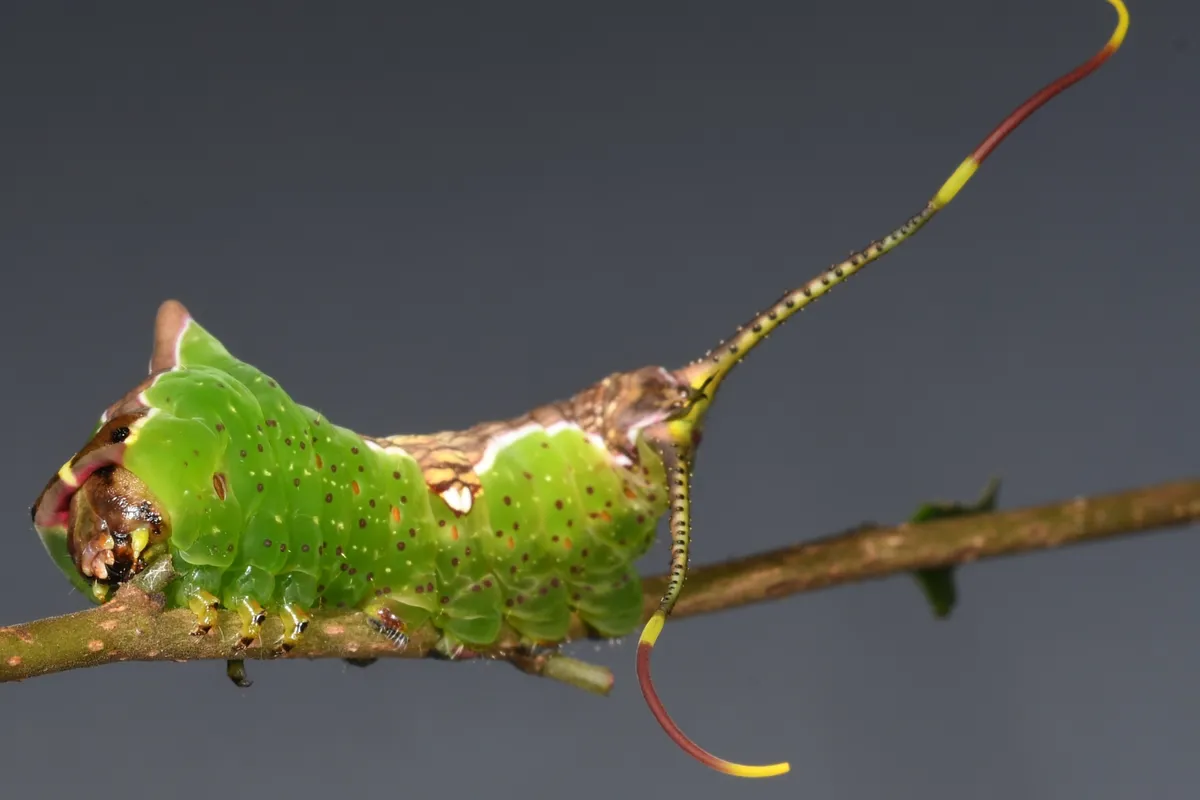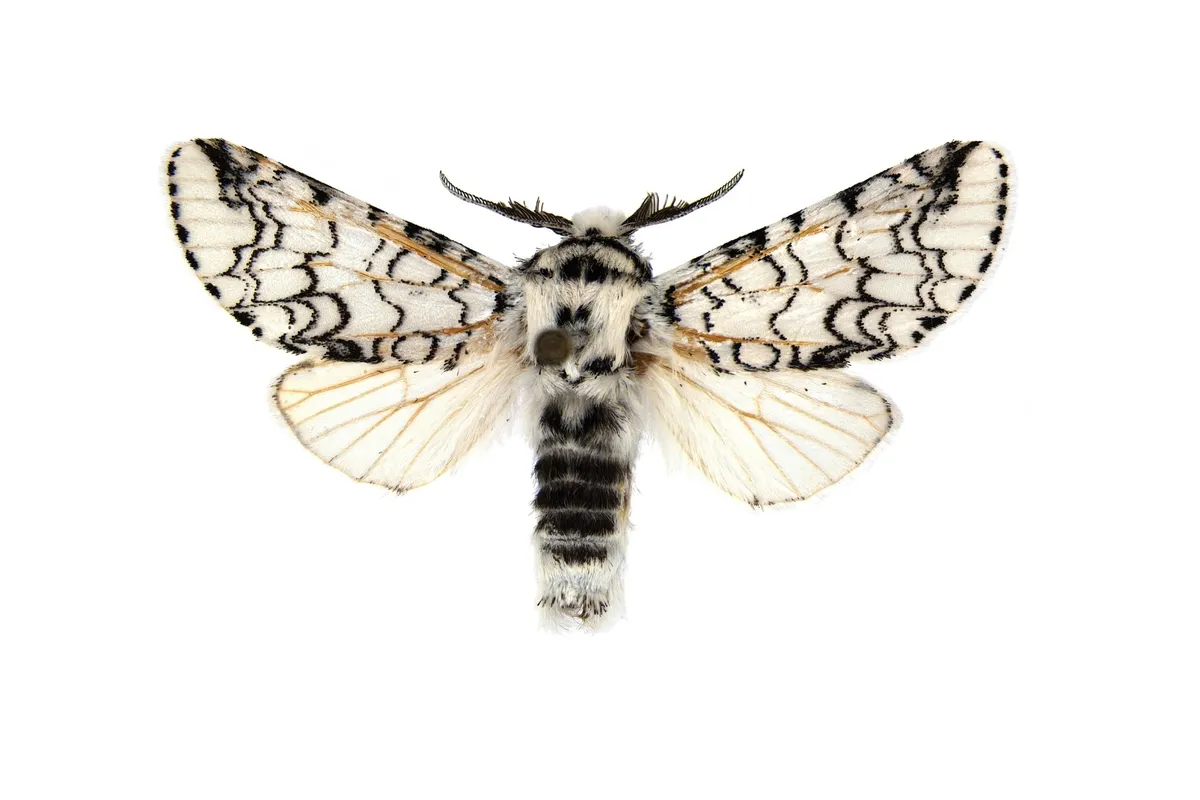A spectacular new species of moth – named Americerura brasiliensis – has been discovered in Brazil. Find out what it is, where it lives and the meaning behind its scientific name.
What is Americerura brasiliensis?
Many members of the prominent moth family have remarkable caterpillars, and this new species is no exception. Resembling a boldly marked European puss moth, its hindmost legs have been remodelled as a pair of defensive organs called stemapods, which each extrude a red, whip-like filament to deter predators.

Where is Americerura brasiliensis found?
It was found in south-east Brasil, where, like the puss moth, it feeds on plants from the willow family. It belongs to a genus of American species whose closest relatives occur in Africa, which suggests its ancestors managed to cross the Atlantic.
What's the meaning behind the scientific name?
The genus Americerura combines “America” and “Cerura” (the name of its African relatives), to acknowledge both its current distribution and its evolutionary origins. The name brasiliensis refers to the known range of this particular species.

Find out more about the paper: tandfonline.com